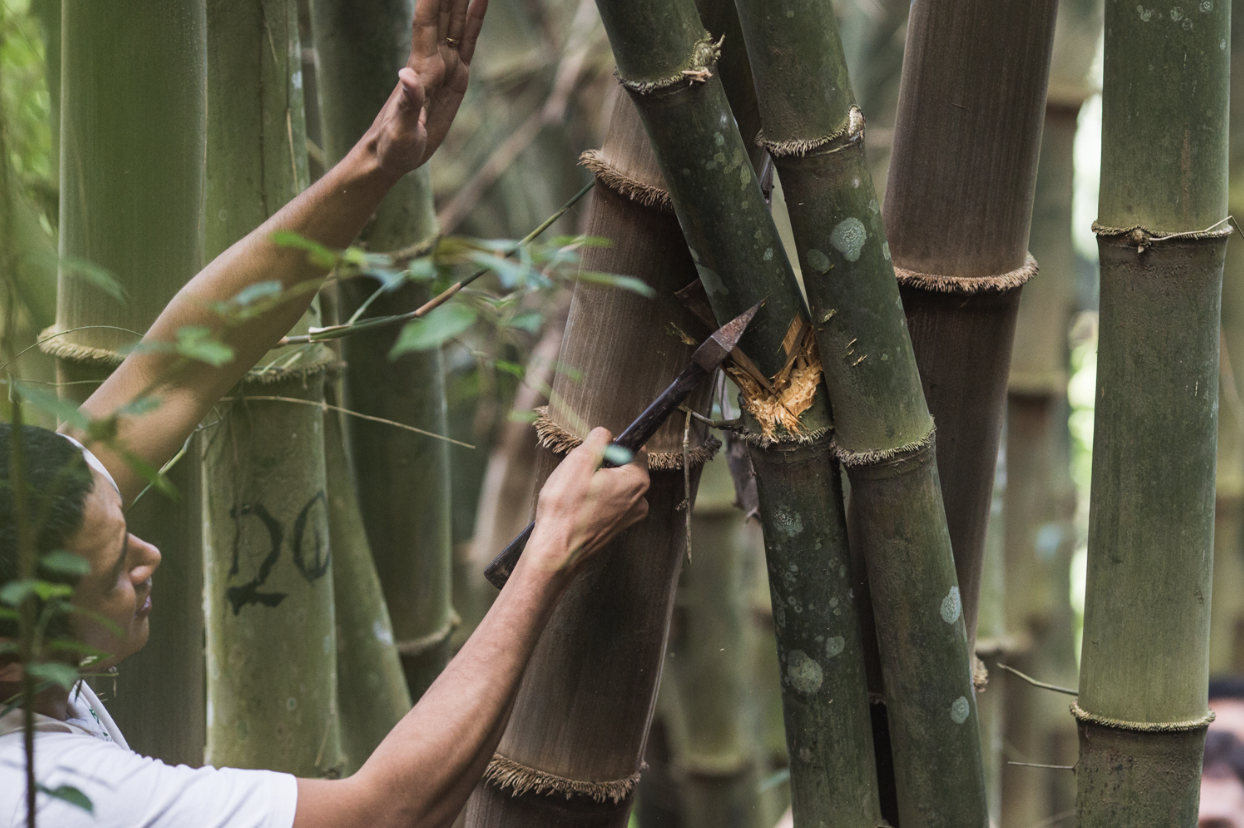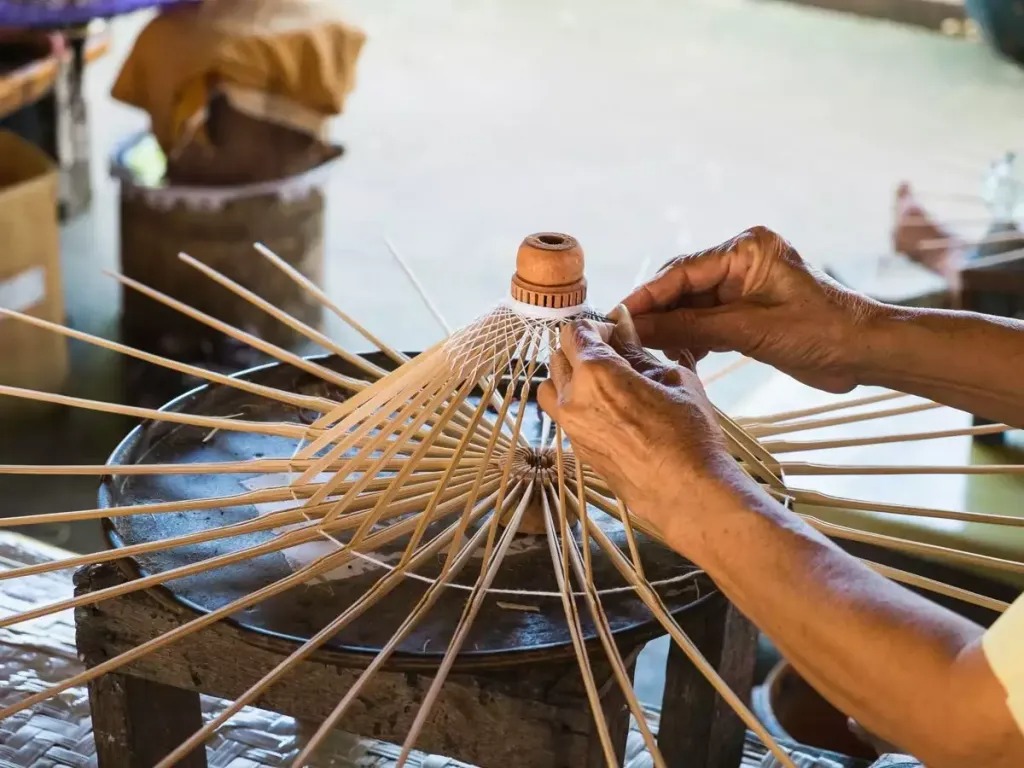Far far away, behind the word mountains, far from the countries Vokalia and Consonantia, there live the blind texts.
Learn with DSS for Bamboo
Fortified with years of experience building some of the most renowned bamboo structures in the world, we have curated both hands-on and online courses to suit anyone, no matter what stage of the architecture or bamboo journey you are on. Our courses will show you what you need to know: from bamboo model making, to design, bamboo treatment, roofing, and more. Our courses will give you the tools to build beautiful bamboo structures.
Learn More.png)






